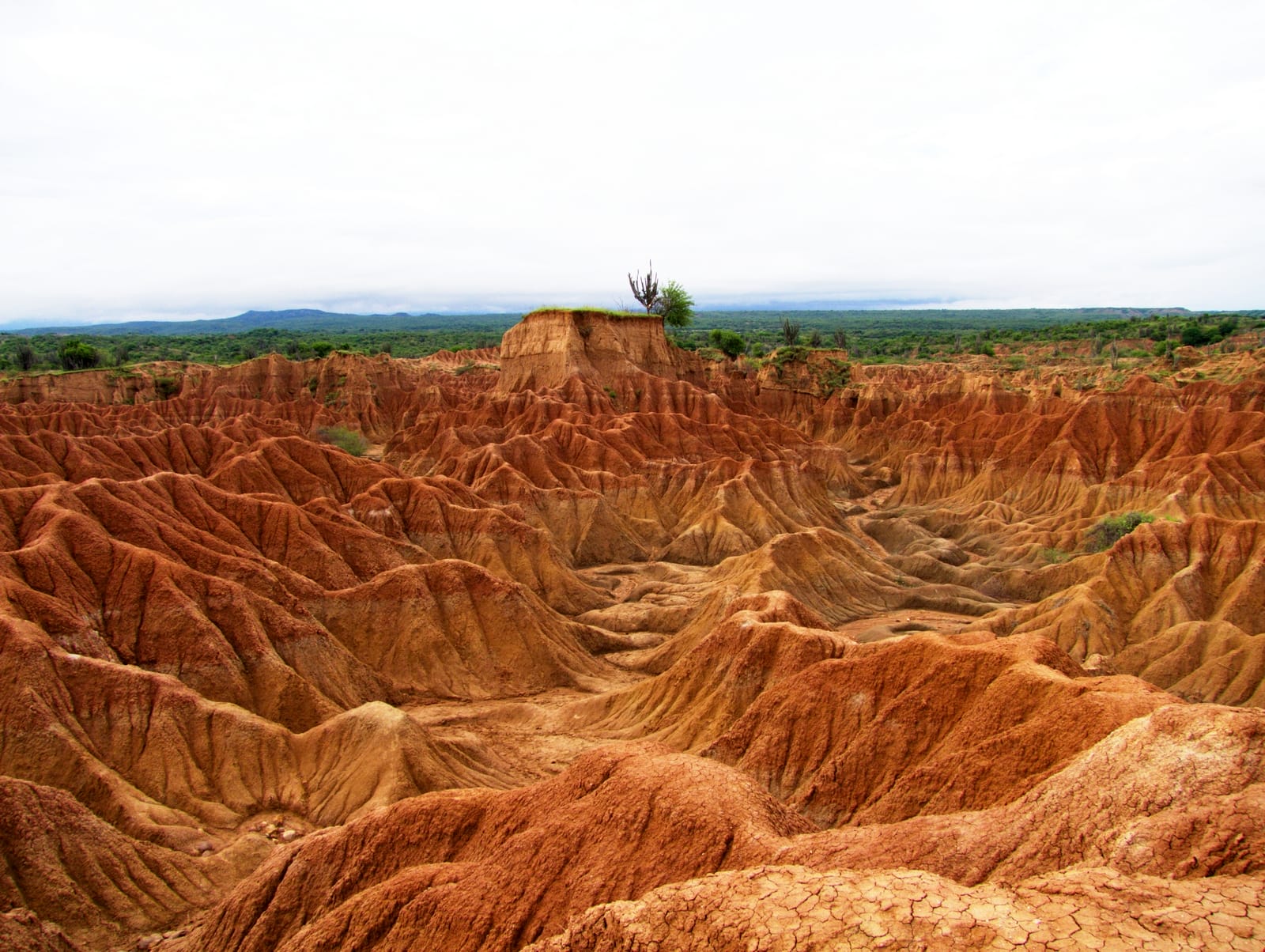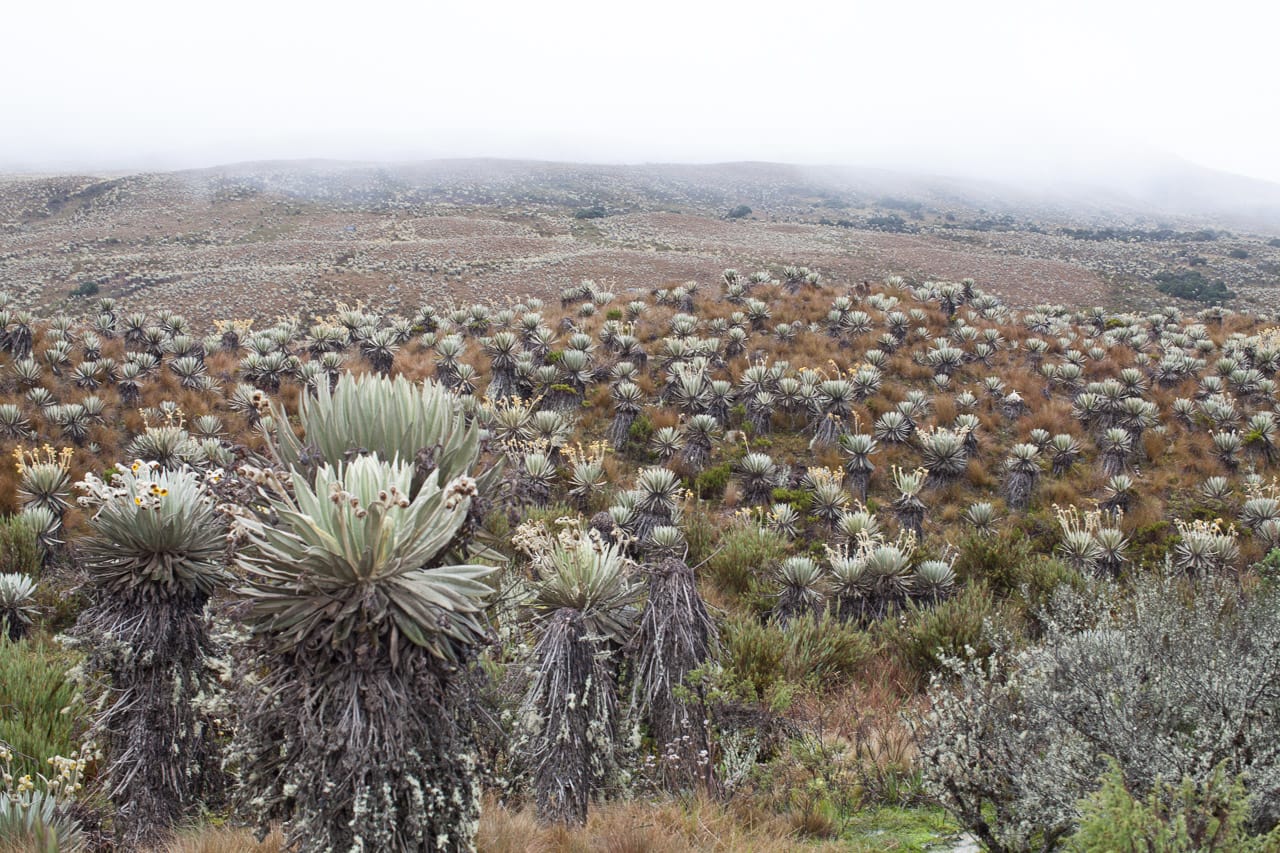In 1965, 29-year-old Dang Hong Nhut was visiting her husband in the Chu Chi region of Vietnam when the planes came. ‘After they had gone, there was white dust everywhere’, she recounted. ‘I had very itchy skin, scabies and diarrhoea, but had no idea why.’ Later, she had four miscarriages before she became pregnant again in 1977. ‘I so hoped I would deliver a baby, but the baby was born early, at five months. When it was born, the doctor told me it was dead … the baby was so deformed, they were afraid for my health if I saw it.’
Dang, like millions of her compatriots, had been poisoned by one of a range of dioxin-laden herbicides, collectively known as Agent Orange, that the US
military had sprayed over Vietnam, Cambodia and the Lao People’s Democratic Republic to eliminate forest cover and destroy food crops for the North Vietnamese and Viet Cong troops. Alongside the 90 million litres
of defoliants, the USA dropped 5 million tonnes ofbombs – more than twice the total tonnage used by all sides during the Second World War. Fifty years on and still a million Vietnamese, 100,000 of whom are children, are disabled by the effects of Agent Orange.
“War,” as former Canadian Prime Minister John Abbott acidly put it, “is the science of destruction.” As long as wars have been fought, commanders have been tempted to use scorched-earth tactics for military advantage or retribution. And for just as long, peacebuilders have tried to constrain people’s worst impulses and limit the collateral damage of war.
Environmental destruction exacerbates the human suffering of war. But the toxic legacy of conflict is not the only issue: since the Second World War as many as 60 per cent of all civil wars have had a strong link to natural resources. Environmental mismanagement can raise tensions. Fighters battle for control of valuable resources, such as diamonds and timber, that pay for weapons. Recovery after war is often complicated by the breakdown in environmental governance caused by fighting and the growth in illegal activities it permits.
Despite these challenges, we have seen progress. Slowly, the international community is moving the needle of what is acceptable conduct during conflict. The Chemical Weapons Convention of 1997 prohibits the use of most toxic chemicals in war (though the USA ensured a loophole for herbicides). The Mine Ban Treaty of 1999 forbids most anti-personnel mines. And the United Nations Security Council has started to consider how environmental change affects international security.
In situations of war, where the facts may be an early victim of the violence, environmental scientists really are a critical part of modern peacebuilding.
________________________
This blog originally appeared as the introduction to a special issue of the Journal of the Institution of Environmental Scientists: ‘Talking Tactics: environmental protection and armed conflicts’. The full issue is available here.



